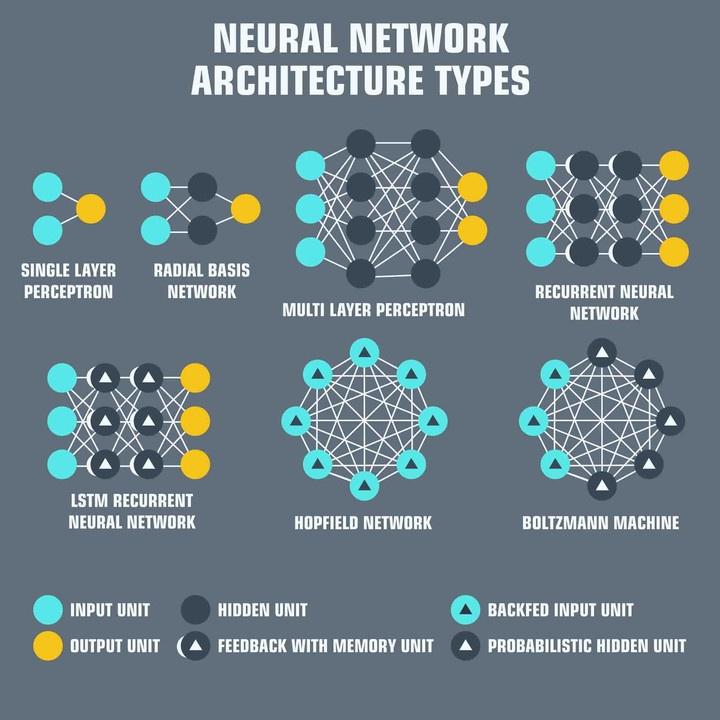Understanding the different types of artificial neural networks not only helps in improving existing AI technology but also helps us to know more about the functioning of our own neural networks, upon which they are based.
Considering how artificial intelligence research purports to recreate the functioning of the human brain -- or what we know of it -- in machines, it is no surprise that AI researchers take inspiration from the structure of the human brain while creating AI models. This is exemplified by the creation and use of artificial neural networks that are designed in an attempt to replicate the neural networks in our brain. Just like the thick and intricate network of neurons that make up our brain, an array of artificial neural units make up a deep neural network. These artificial neural networks, to a certain extent, have enabled machines to emulate the cognitive and logical functions of the human brain. These neural networks have enabled computers to identify objects in images, read and understand natural language, and also teach AI to navigate in three-dimensional space like regular humans. Meanwhile, they have also given rise to AI systems that outperform human experts in image recognition and other similar tasks requiring analysis and pattern recognition required to identify the contents of a specific image, a body of text, or an audio clip.
Just like our brain has different parts that enable different functions, different kinds of neural networks are being developed to solve different kinds of problems. While there are numerous types of artificial neural networks being developed and used by researchers, a few have found greater applicability -- and hence, popularity -- as compared to the rest. But before learning about their different types, it is important to understand what neural networks are, how they work, and why they are important. Read on to understand the basics of neural networks and the most commonly used architectures or types of artificial neural networks today.
Understanding Artificial Neural Networks

Artificial neural networks form the core of deep learning applications, most of which are created to emulate the human mind’s ability to identify patterns and interpret perceptual information. Neural networks are arrangements of multiple nodes or neurons, arranged in multiple layers. The information enters the neural network through the input layer, which is the primary outermost layer. The final layer through which information passes is the output layer. The input and output layers may or may not have additional layers between them. The layers, if any, present between the input and output layers are called hidden layers. An artificial neural network is considered to be a “deep” neural network if it has multiple hidden layers. Generally, every neuron in any layer is interconnected to all neurons in its adjacent layers.
Every layer of the neural network breaks down the input into a simpler form to interpret and classify the content. For instance, consider a simple neural network that is used to identify the pictures of cats. The different layers of the neural network perform different functions and analyze different elements of input images. For example, the first later could simply scan for contours in the images. The next layer can identify different colors. Similarly, the subsequent layers can make increasingly detailed analyses to identify more subtle features, ultimately allowing the neural network to identify the images of cats distinctly. A high number of layers means that there can be a higher number of pathways for information to travel through the network, potentially allowing the network to perform highly complex tasks, such as high-speed image and video analysis.
Neural networks gain the ability to classify images and objects in images through a process called training. Training neural networks refer to the process of feeding them with pairs of input images and output labels. For instance, a neural network that can use CT scan images to diagnose cancer, must be trained by giving it large volumes of CT scan images and telling it which images indicate the presence of cancerous tumors and which ones don’t. When the neural network is trained with enough pairs of images and results, it identifies the patterns that are conclusively indicative of cancer. The neural network then uses this training memory to diagnose cancer using CT scans.
Exploring the Types of Artificial Neural Networks
Following are the three most commonly used types of neural networks in artificial intelligence:






Comments